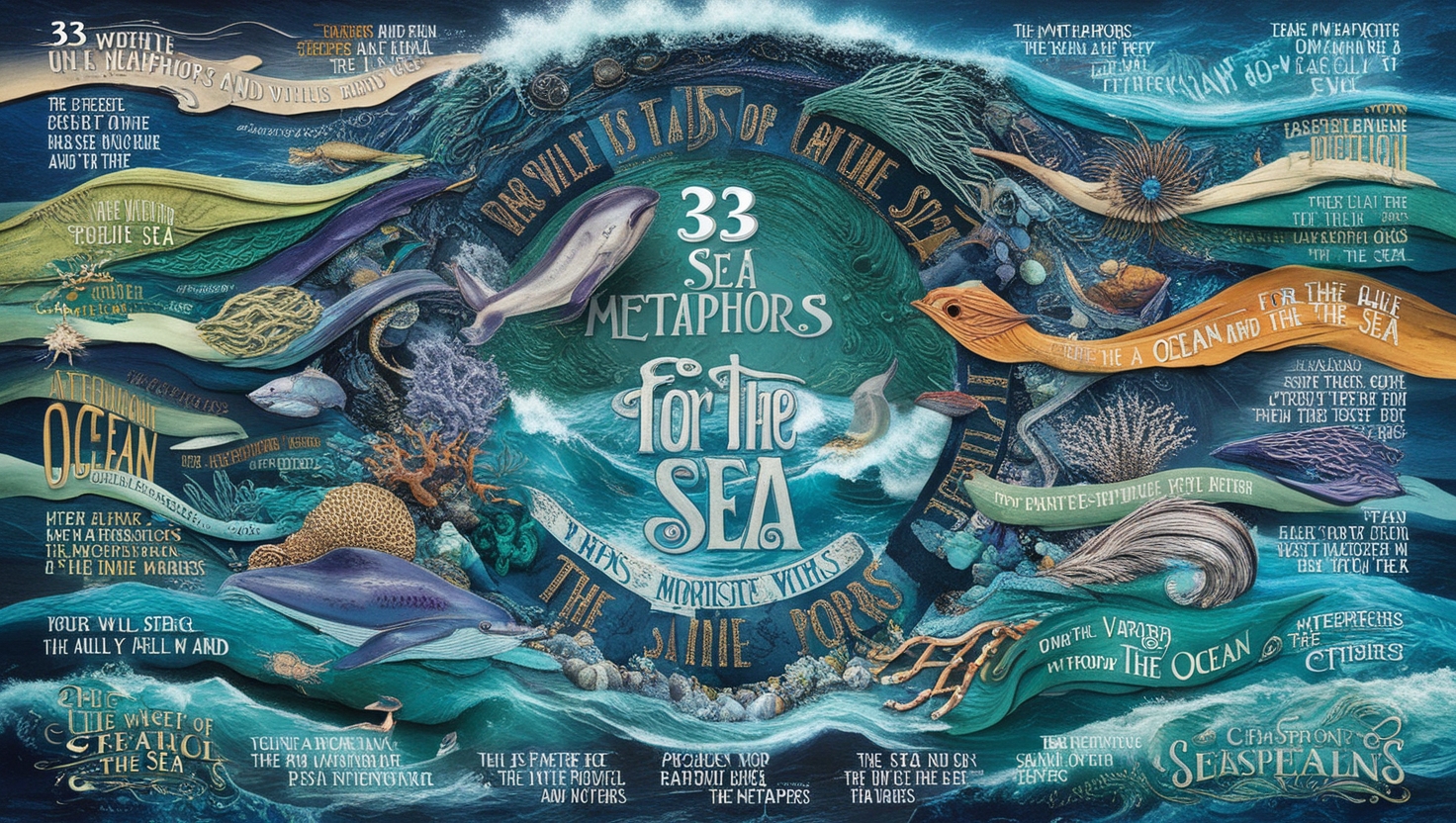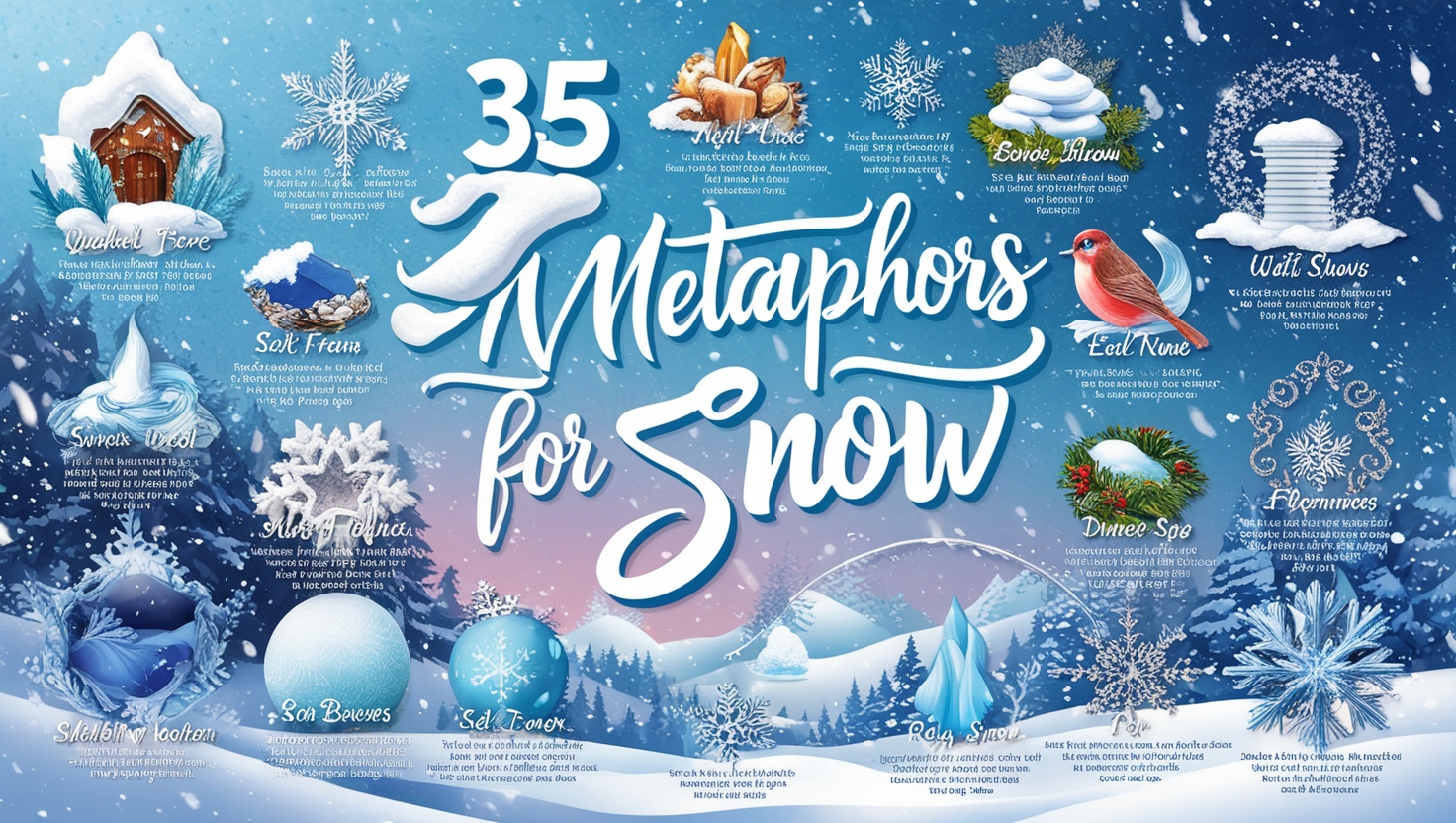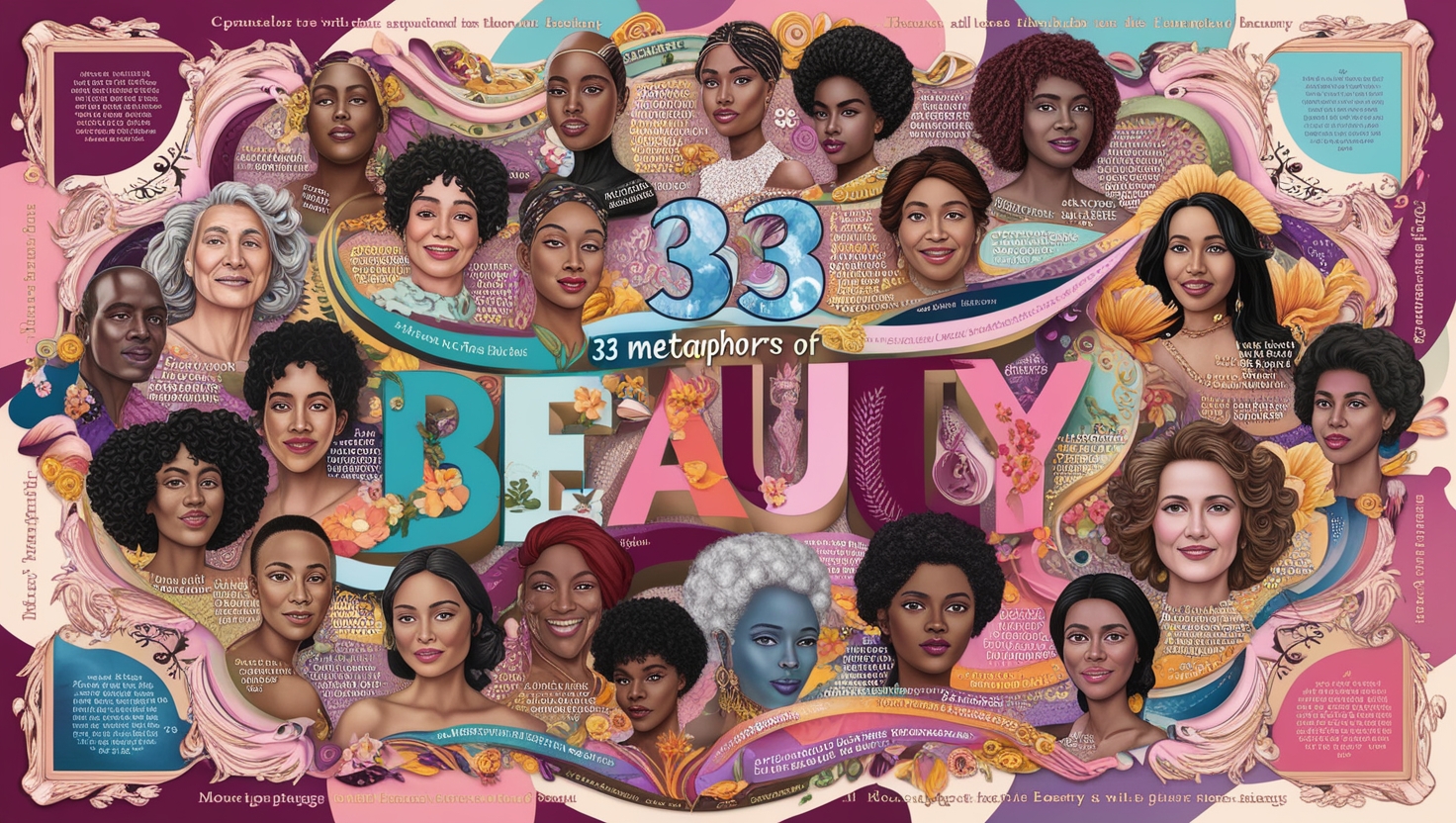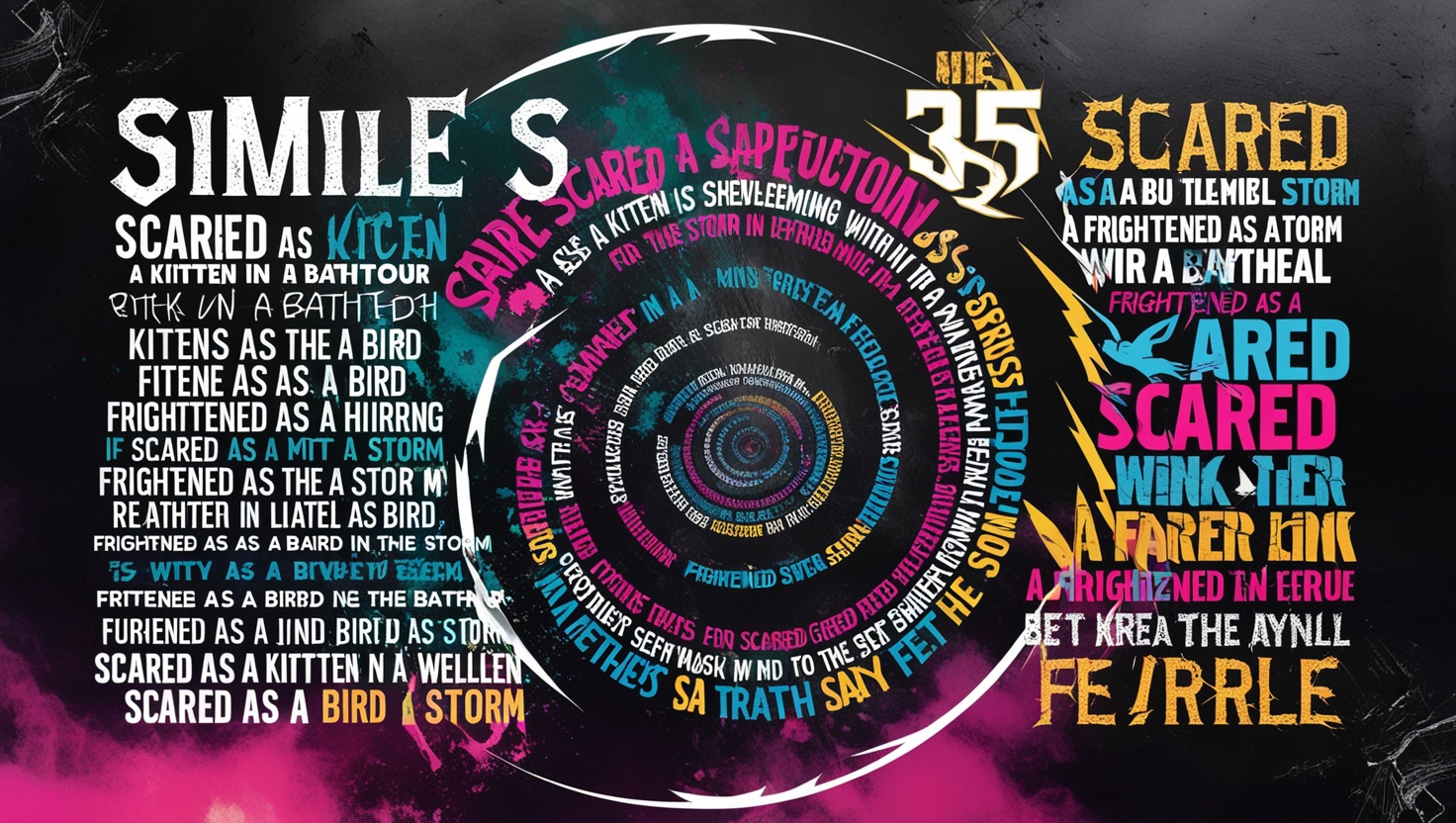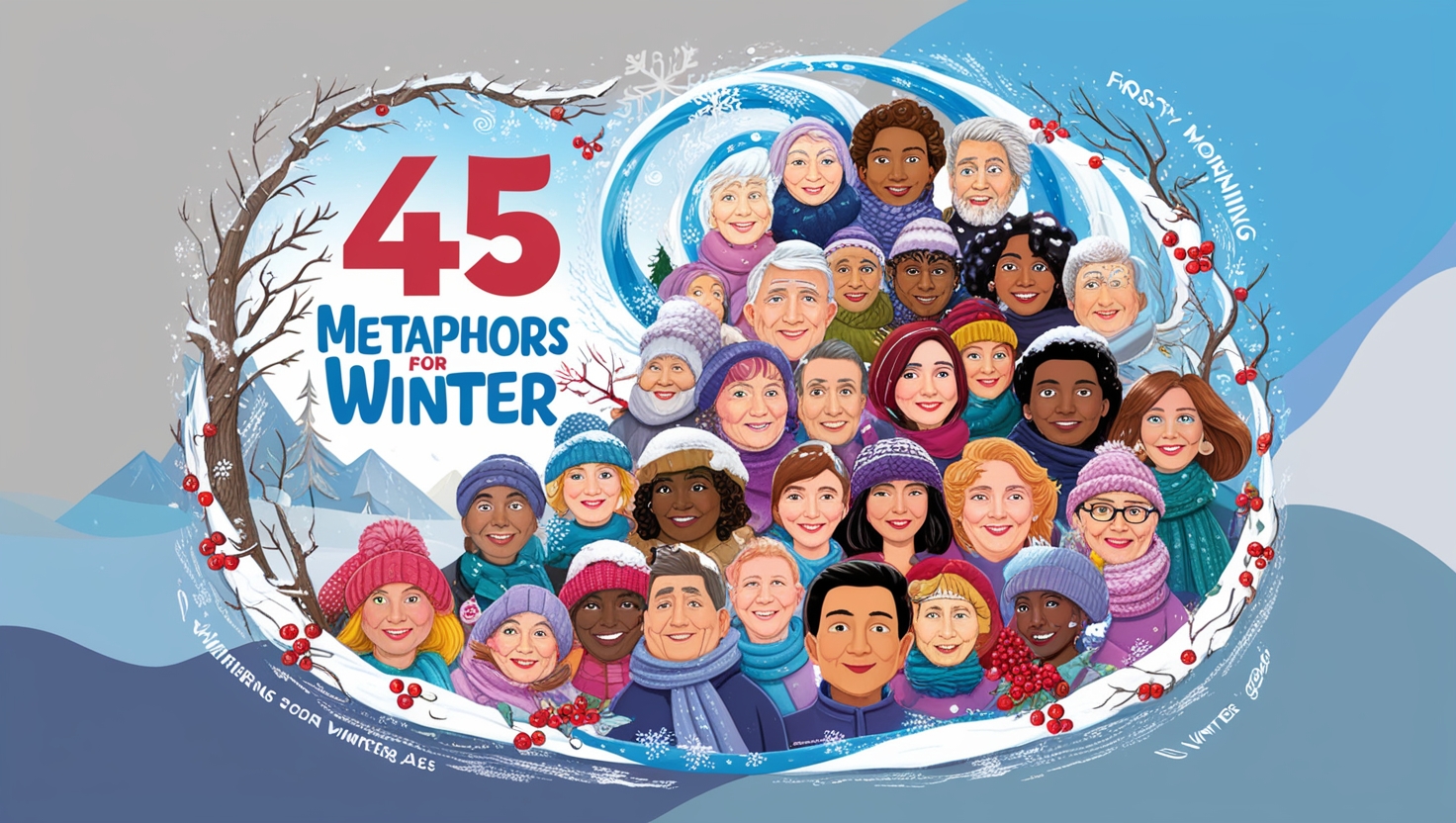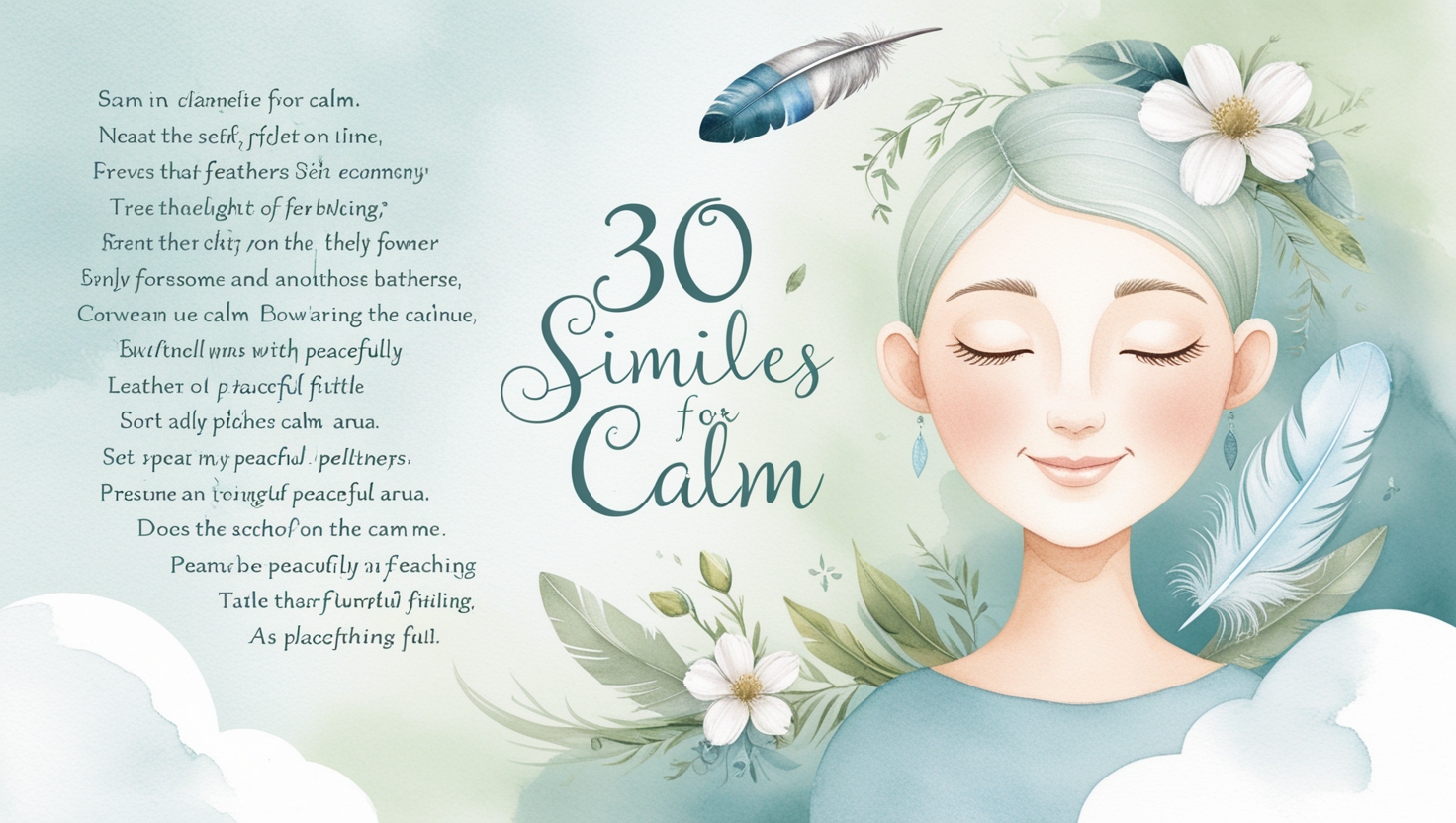30 Metaphors for Blue Eyes
Ways to Describe Blue Eyes involve using vivid, poetic, or emotional language to capture their beauty, depth, and uniqueness. From phrases like “eyes like a summer sky” to “icy blue gaze” or “ocean-deep stare,” these descriptions enhance writing by adding color, mood, and personality to characters or individuals.


